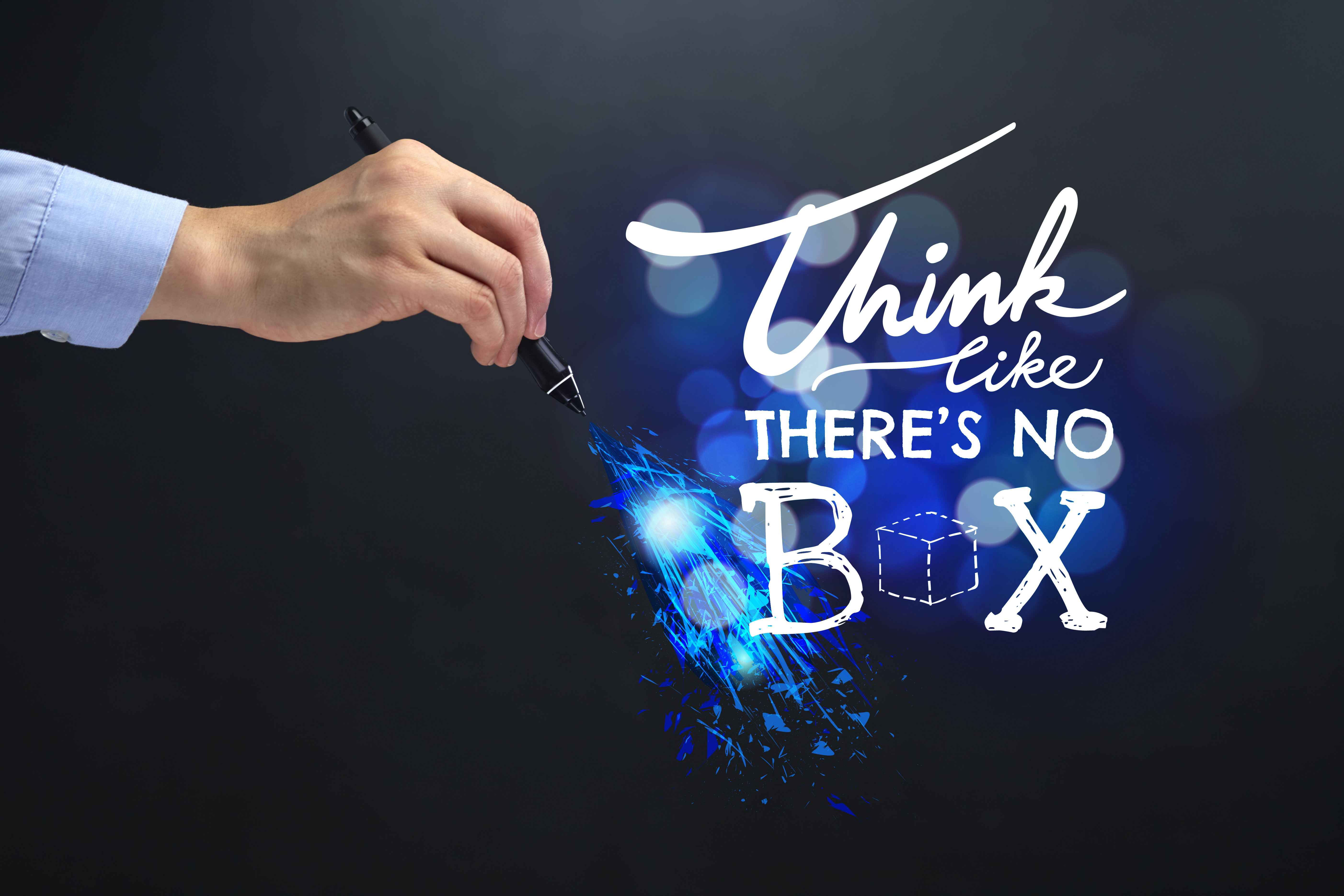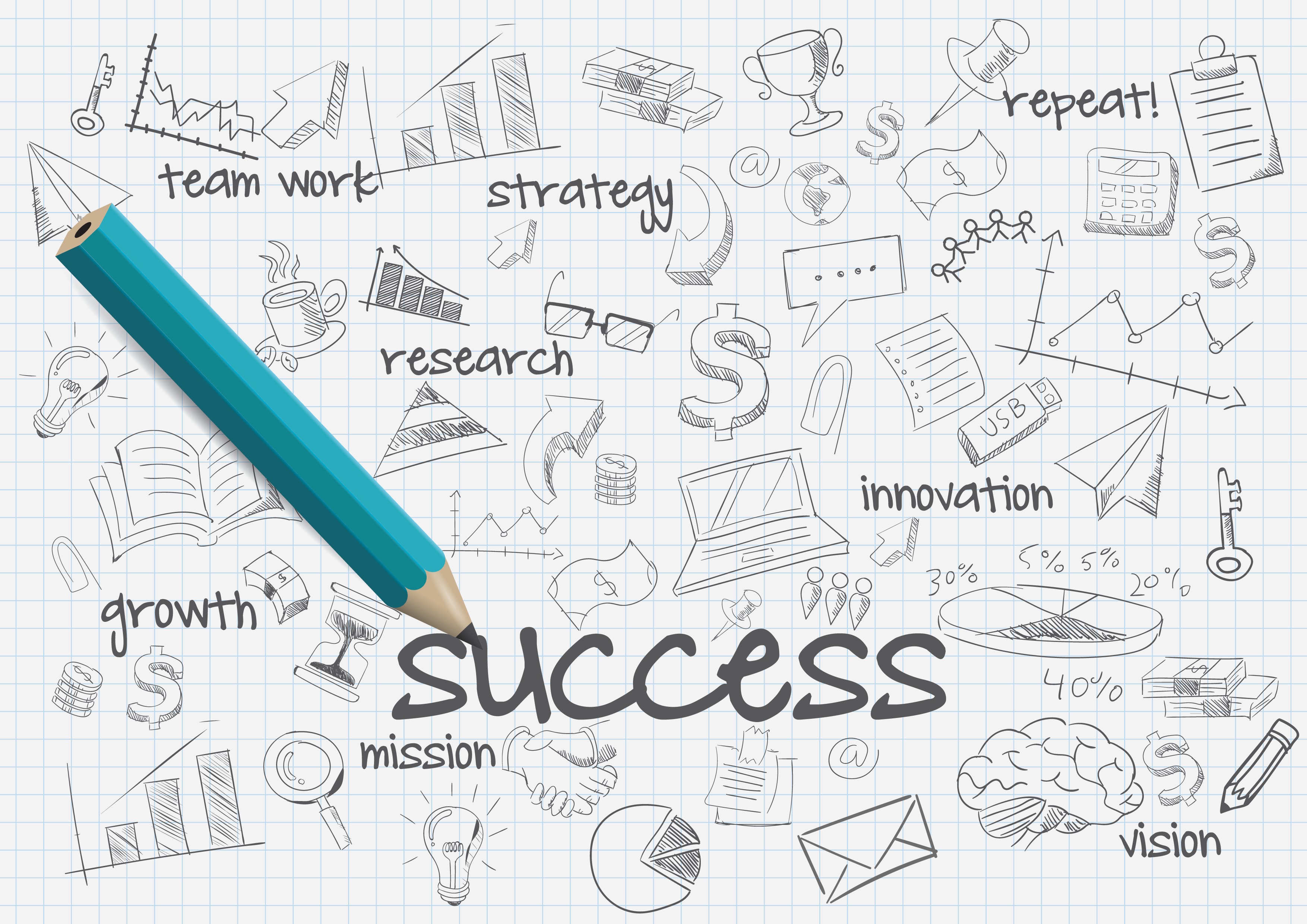OUR CULTURE / OPERATIONS MANUAL
What would it be like if we arrived on earth with an operations manual? The manual would tell us how to operate, or be, to have a happy and successful life.
Have you noticed whenever you buy a piece of electronic equipment or any item that needs to be put together, an owners or operations manual is included? Sometimes the instructions can be a bit challenging to understand, but as we keep working at it everything begins to make sense. The manual tells us what to do to get the item to work in the way we want.
When we are born, the only thing that shows up is the baby. We’ve learned from our relatives and friends that we need to feed the baby, hold the baby, change it’s diaper and then by trial and error, we learn other important information about the baby that often times we wish we had known earlier.
As we grow older and decisions become more complex, it can be confusing. We may notice when we do one thing it brings us joy and other things don’t really excite us at all. Yet as we observe others, the things that bring them joy are sometimes opposite of what being us joy.
We actually do have an operations manual; it’s our thought process or our culture. From the time our Mother was in her trimester of pregnancy through the first 7 years of our life, our subconscious mind has been programed. The environment, our parents, education and religion all had an impact on this programing.
“Give me a child until he is seven and I will show you the man.” That sentence is a famous saying and is attributed to St. Ignatius Loyola and also to Aristotle. Some say it is a ‘Jesuit’ saying. This quote reminds us of the powerful programing that happens in our lives by the age of 7.
Every action we take is preceded by a thought/belief. We are where we are in life as a result of those thoughts. We often feel as thought we are having a thought, making a decision or taking an action from a conscious place. What is really happening is that some subconscious programming is at work. The Axiogenics Profile is as close to an owners manual as we can get. It measures our thoughts in 36 different areas with the accuracy of a thermometer. With the information from this Profile, we are able to see how our thinking is directing our actions and decisions. You can see a summary page of the profile below.
We know, we are all human beings . . . we are each one of a kind, irreplaceable, totally unique, intrinsically valuable. What does it mean to be intrinsically valuable? Your value goes on forever! Not only forever in time, it means you are valuable beyond measure. All that is necessary, is that you just be, just be yourself.
As we look at our profile we might notice, many of us don’t feel very valuable. We did something that didn’t work out the way we had planned or even worse, it did work out the way we had it planned and somebody did not like it and was critical about it.
We begin to think we are less than valuable and believe the judgment someone else delivered to us. There are likely many more ways in which our programming has influenced us to place judgement on ourselves. Those judgements become habitual. In the profile we call these biases, which if are continued to be used in making decisions, can become liabilities. When we live in our biases we are playing our B game.With our Profile, we can discover both our biases and our assets. Living in our assets allows us to play our A game.
If what you’ve read so far intrigues you, you can experience the Profile. To learn more about getting a First Steps Report, which gives you 3 of your measurements, your 2 greatest biases and 1 greatest asset. Send an email to Judy and learn more about getting your First Steps Report. Judy@JudySabah.com.






